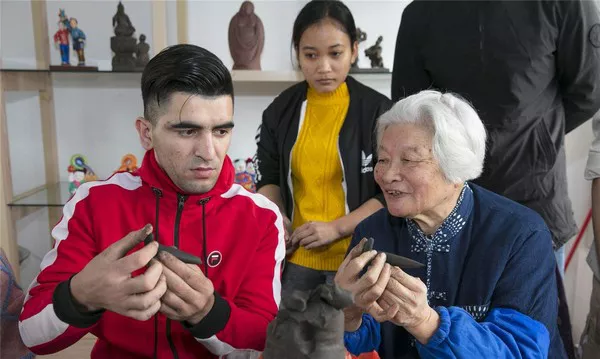If you are planning to travel to the United States, obtaining a visa is one of the most important steps you need to take. The U.S. has a complex immigration system, and getting a visa can be a daunting process. One of the questions that many people ask is how long it takes to get a U.S. visa. In this comprehensive guide, we will take a closer look at the different types of U.S. visas, the application process, and the factors that affect processing times.
I. Types of U.S. Visas
Before we delve into the application process and processing times, it is essential to understand the different types of visas available for individuals who wish to travel to the United States. Here are the most common types of U.S. visas:
Nonimmigrant Visa
A nonimmigrant visa is issued to individuals who want to visit the United States temporarily for business, pleasure, or medical treatment. There are over 20 types of nonimmigrant visas available, including tourist visas, student visas, and work visas. The length of stay for a nonimmigrant visa varies depending on the type of visa, but most visas allow individuals to stay in the U.S. for up to six months.
Immigrant Visa
An immigrant visa is issued to individuals who intend to live permanently in the United States. Most immigrant visas are family-based or employment-based. The application process for an immigrant visa is more complicated than the process for a nonimmigrant visa, and it often takes longer to obtain.
II. The U.S. Visa
Application Process The U.S. visa application process can vary depending on the type of visa you are applying for and other factors such as your country of origin. However, there are some general steps that all applicants must follow. Here is an overview of the U.S. visa application process:
Determine the Type of Visa
You Need The first step in the U.S. visa application process is to determine the type of visa you need. As we mentioned earlier, there are different types of visas available depending on your purpose for traveling to the United States.
Complete the Online Application
Once you have determined the type of visa you need, you will need to complete the online application form. The form will ask you to provide personal information and details about your planned trip to the United States.
Schedule an Interview
After submitting your application, you will need to schedule an interview at a U.S. embassy or consulate. The interview is an essential part of the application process, and it gives the consular officer an opportunity to ask you questions about your trip and your reasons for visiting the United States.
Attend the Interview
On the day of your interview, you will need to bring all the necessary documents, such as your passport, application confirmation page, and any supporting documents that you may have. During the interview, the consular officer will ask you questions about your travel plans, your ties to your home country, and your financial situation. They will also take your fingerprints and a photograph.
Wait for Processing A
fter the interview, the consular officer will either approve or deny your visa application. If your application is approved, they will keep your passport and issue the visa. The processing time for a U.S. visa can vary depending on the type of visa and other factors, such as the volume of applications being processed by the embassy or consulate. In some cases, additional administrative processing may be required, which can significantly delay the processing time.
III. Factors That Affect U.S. Visa Processing Times
As we mentioned earlier, the processing time for a U.S. visa can vary significantly depending on several factors. Here are some of the most common factors that can affect U.S. visa processing times:
Type of Visa
The type of visa you are applying for can have a significant impact on the processing time. Nonimmigrant visas, such as tourist visas and business visas, typically have shorter processing times than immigrant visas.
Country of Origin
Your country of origin can also affect the processing time. Some countries have higher volumes of visa applications than others, which can result in longer processing times. Additionally, if your country has a history of security concerns or high rates of visa fraud, your application may be subject to additional scrutiny.
Time of Year
The time of year can also affect U.S. visa processing times. For example, during peak travel seasons, such as the summer months, the volume of visa applications is higher, which can result in longer processing times.
Additional Administrative Processing
In some cases, additional administrative processing may be required before a visa can be issued. This can happen if there are issues with your background check or if the consular officer needs more time to review your application.
Why would someone need a US visa?
There are many reasons why someone may need a US visa. Some common reasons include:
Tourism: If you are planning on visiting the United States for leisure or to visit family and friends, you will likely need a tourist visa.
Education: If you are planning to study in the United States, you will need a student visa.
Work: If you are planning to work for a company in the United States, you will need a work visa.
Business: If you are planning to conduct business with a company in the United States, you will need a business visa.
Medical Treatment: If you require medical treatment in the United States, you may need a medical visa.
The specific type of visa required will depend on the purpose of your visit and your nationality. It’s important to research the requirements carefully and apply for the appropriate visa to avoid any delays or complications.
\Recommended Reading:




















